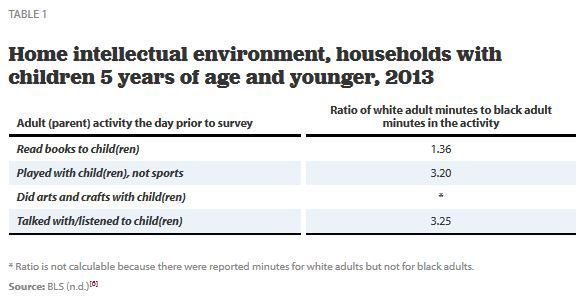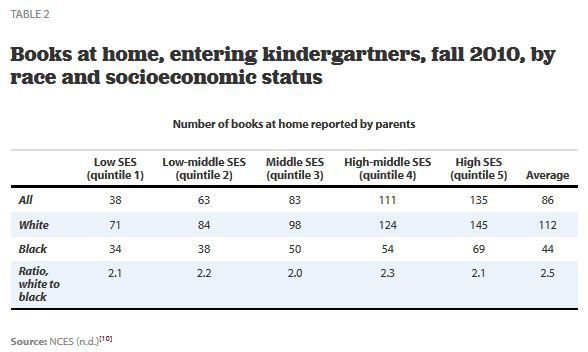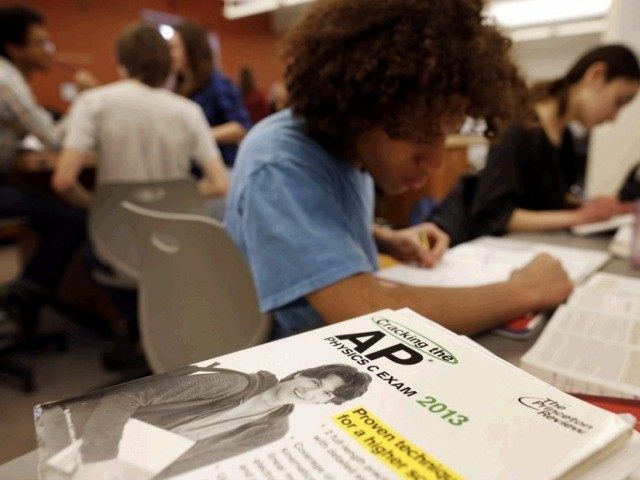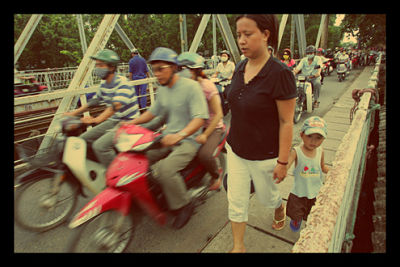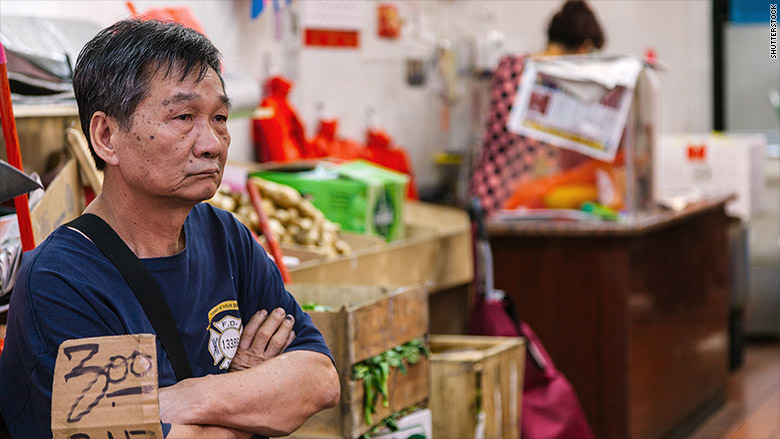What race has the biggest intraracial wealth gap?
The same race you are talking about.
What race committed one of the largest mass shootings in American history?
The same race you are talking about.
ASIAN AMERICANS FACING HIGH POVERTY RATES
It is often assumed that Asian Americans are one of the minority groups in the United States that is doing well economically. However, this statement too broadly categorizes all Asian subgroups. According to the official poverty rate from the U.S. Census in 2011, the Asian American poverty rate was actually 2.5% higher than that of Caucasians.
In fact, amongst poor Asian Americans, Southeast Asians face some of the highest poverty rates in the whole country. Researchers at the University of California, Los Angeles conducted a study on income sources, home foreclosures and housing burden. The study indicated that Southeast Asians in the United States have consistently relied on food stamps for many decades. Moreover, language barriers are still major roadblocks that prevent Southeast Asian Americans from entering new labor markets.
The poverty rate for Asian Americans is highest amongst Hmong, Cambodian, Laotian and Vietnamese. Hmong Americans have a startlingly high poverty rate at 37.8%, followed closely by Cambodian Americans at 29.3% and Laotian Americans at 18.5%.
– Grace Zhao
Many believe there is no poverty rate for Asian Americans and see as a successful ethnic group. But Asian Americans face poverty same as other racial groups

borgenproject.org
The Asian disadvantage (that's being ignored)
The overall poverty rate for Asian Americans is 12.5%, well below the national rate of 15.5%. But among different Asian American groups, the rates vary significantly. For Indian Americans, for example, the poverty rate is 7.3%; for Chinese Americans it's 15.8%.
"There are still garment workers, and the people who give you your foot massage in Chinatown, there are still low wage workers," said Sylvia Chong, the director of the Asian Pacific American Studies Minor at the University of Virginia. "People don't see that. That's an economic underclass."
View attachment 650068
Recent media coverage of Asian Americans has focused on a racial group considered to be one of the most successful in America and those numbers are compelling. But behind the numbers, there's another story.
money.cnn.com
The “Asian Advantage” is a myth. Plain and simple.
By Christopher Kang, National Council of Asian Pacific Americans (NCAPA) National Director
View attachment 650071
AAPIs are a very diverse population. While as a whole, 49% of Asian Americans have at least a bachelor’s degree, there are great differences within our community. For example, according to the Center for American Progress, nearly 40% of Cambodian and Hmong Americans have less than a high school diploma. The same is true for roughly 30% of Vietnamese and Laotian Americans and 19% of Chinese Americans.
Furthermore, AAPIs are one of the fastest-growing populations in poverty since the Great Recession. According to the Center for American Progress, from 2007 to 2011, the number of Asian Americans in poverty increased by 37% and Pacific Islanders by 60% — compared to the national increase of only 27%. And while Asian Americans’ median household income may be higher than whites, the rate of senior poverty is 13.5% for Asian Americans and 12.1% for Native Hawaiians and other Pacific Islanders, compared to only 7.8% for whites.
Keep pulling that rickshaw coolie.
